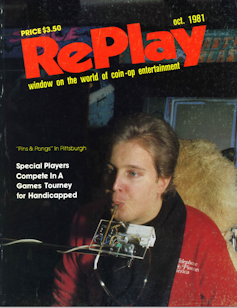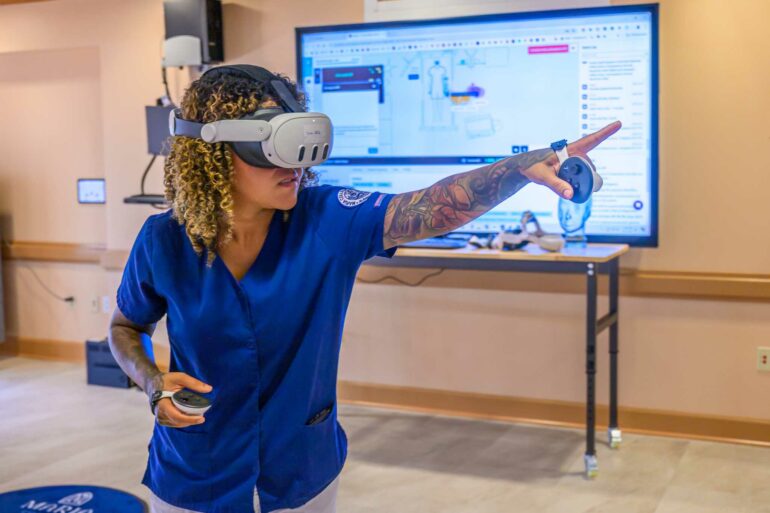If you’ve seen an esports competition, chances are that there was a big stage with about 10 gaming PCs, each with a young person behind it wearing a look of intense concentration. They may have been competing for upward of a million dollars, and at the moment of victory, the winning team suddenly started screaming in joy.
Some of those esports players are people with disabilities. Today, esports organizations such as Permastunned and Para Esports shine a spotlight on the accomplishments of competitors with disabilities. They also attract industry support from big-name sponsors.
You might assume that these competitions started on flashy advanced technologies that arrived only in recent years. In fact, video games have enabled people with disabilities to experience new kinds of sporting activities for more than 40 years.
In one notable case, players with physical disabilities competed at pinball and other arcade games in tournaments held in Pittsburgh during the early 1980s. Disability advocates at the time praised how the games gave these players new sources of accomplishment, recognition and community-building. One player, Rob Marince, is central to this long-overlooked story, which I describe in my recent article in ROMchip, a journal of games history.
Empowering a pinball wizard
When an auto accident in 1977 paralyzed Rob from the neck down at the age of 17, his brother Gary took six weeks off from college to design a sip-and-puff controller that would enable Rob to play pinball and arcade games with his breath. Gary had collected parts from amusement manufacturers to assemble this device in order to give Rob some leisure activity and improve his quality of life.

Rob Marince’s ability to play pinball with his mouth, thanks to his brother Gary’s engineering prowess, landed him on the cover of gaming magazine RePlay in 1981.
RePlay Magazine
Gary was self-taught, acquiring engineering skills through tinkering. He designed many other accommodations for Rob in the Marince home beyond the gaming interface. Eventually, Gary started organizing public competitions so that others in the Pittsburgh area could use the same kinds of controllers to access games and play together in friendly competition.
These tournaments were not small, private events. Pittsburgh sports figures, including Penn State football head coach Joe Paterno and members of the Pittsburgh Steelers, attended these events and tried out the same mouth interface as the other competitors. Additionally, local radio DJs announced the matches and gave away prizes, such as an $800 stereo system.
The extensive press coverage of these events highlighted disability technologies more generally. One story described the technological accommodations around the Marince household, including an Apple II Plus computer outfitted with a voice-command system that allowed Rob to perform tasks such as dimming or brightening the lights, adjusting…



